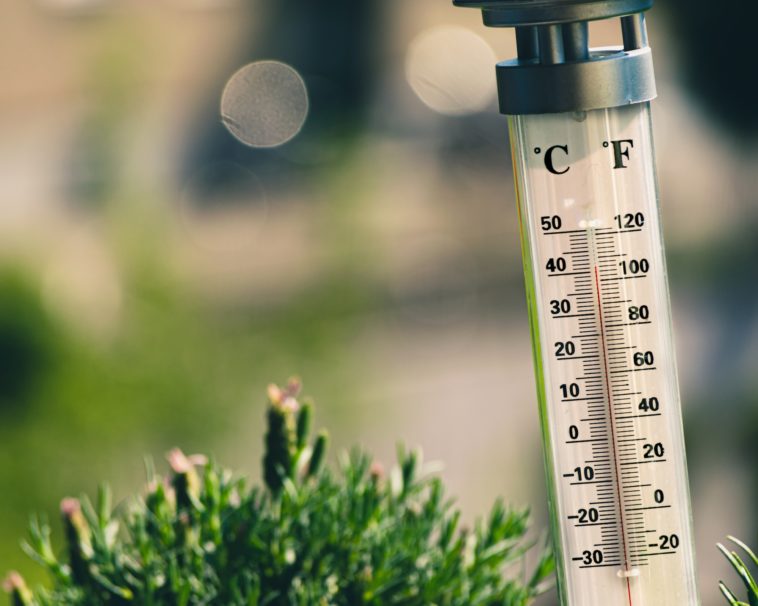The Fahrenheit temperature scale, symbolized as °F, is a renowned and widely used system for measuring temperature. It was conceptualized and developed by the accomplished physicist Daniel Gabriel Fahrenheit (1686–1736) in the year 1724, hence bearing his name. This temperature scale has been instrumental in everyday life, science, industry, and meteorology for centuries. In this comprehensive exploration of the Fahrenheit temperature scale, we will delve into its history, defining points, unique features, and applications.
Historical Context
To fully appreciate the significance of the Fahrenheit temperature scale, it is imperative to understand the historical context in which it was conceived. Daniel Gabriel Fahrenheit, a Polish-German physicist, was not only a pioneer in the field of thermometry but also an accomplished instrument maker. His inventions and contributions to the field of temperature measurement left an indelible mark on the scientific community.
Defining Points on the Fahrenheit Scale
The Fahrenheit scale is characterized by specific temperature points that define its range. These points are pivotal in understanding how temperature is measured and perceived within this scale.
Freezing Point of Water (32°F)
One of the defining features of the Fahrenheit scale is that it sets the freezing point of pure water into ice at precisely 32 degrees Fahrenheit. This value is a crucial reference point for many temperature-related applications, including weather forecasting.
Boiling Point of Water (212°F)
In the Fahrenheit scale, the boiling point of water is established at 212 degrees Fahrenheit. This reference point is equally important, especially in contexts where precise temperature control is essential, such as cooking and industrial processes.
Zero Degrees for Brine
A distinctive characteristic of the Fahrenheit scale is that it originally set the freezing point of brine (a solution of salt and water) at zero degrees Fahrenheit. This aspect, although different from other temperature scales, provides historical insight into the development of thermometry.
Comparative Analysis
To gain a comprehensive understanding of the Fahrenheit scale, it is essential to compare it with other temperature measurement systems, such as the Celsius and Kelvin scales.
Table 1: Comparison of Temperature Scales
| Temperature Scale | Freezing Point of Water | Boiling Point of Water | Absolute Zero |
|---|---|---|---|
| Fahrenheit (°F) | 32°F | 212°F | -459.67°F |
| Celsius (°C) | 0°C | 100°C | -273.15°C |
| Kelvin (K) | 273.15 K | 373.15 K | 0 K |
As Table 1 illustrates, the Fahrenheit scale is distinct in its calibration, with freezing and boiling points that differ significantly from the Celsius scale. Additionally, it uses a unique reference point for absolute zero, which is -459.67°F.
Applications of the Fahrenheit Scale
The Fahrenheit temperature scale finds extensive application in various fields, including meteorology, industry, and daily life.
- Meteorology: In the United States, Fahrenheit is the primary temperature scale used for weather forecasts and reports. Understanding Fahrenheit temperatures is crucial for both meteorologists and the general public to gauge weather conditions accurately.
- Cooking: Culinary enthusiasts and professionals often use the Fahrenheit scale for baking and cooking recipes, as it provides more precise temperature increments for culinary precision.
- Industry: Some industrial processes and equipment in the United States employ the Fahrenheit scale for temperature monitoring and control, making it essential for manufacturing and quality control.
Conclusion
In conclusion, the Fahrenheit temperature scale, conceived by Daniel Gabriel Fahrenheit in 1724, remains a significant and influential system for measuring temperature. Its defining points, historical context, and applications have solidified its place in various fields, making it indispensable in our daily lives. Understanding the Fahrenheit scale allows us to navigate temperature-related information with precision and clarity, contributing to our overall knowledge and awareness.
References
- Holbrow, C., Amato, J., & Galvez, E. (2009). Modern Introductory Physics (2nd ed.). Springer.
- National Institute of Standards and Technology. (2021). Fahrenheit Temperature Scale. https://www.nist.gov/pml/weights-and-measures/fahrenheit-temperature-scale
- U.S. National Weather Service. (2021). Fahrenheit and Celsius: A Matter of Degrees. https://www.weather.gov/owlie/fahrenheit
- Wertz, J. R., & Bolton, J. R. (2001). Electron Spin Resonance: Elementary Theory and Practical Applications. CRC Press.
- Wilkins, J. S. (2010). The Measurement of Temperature. Cambridge University Press.





